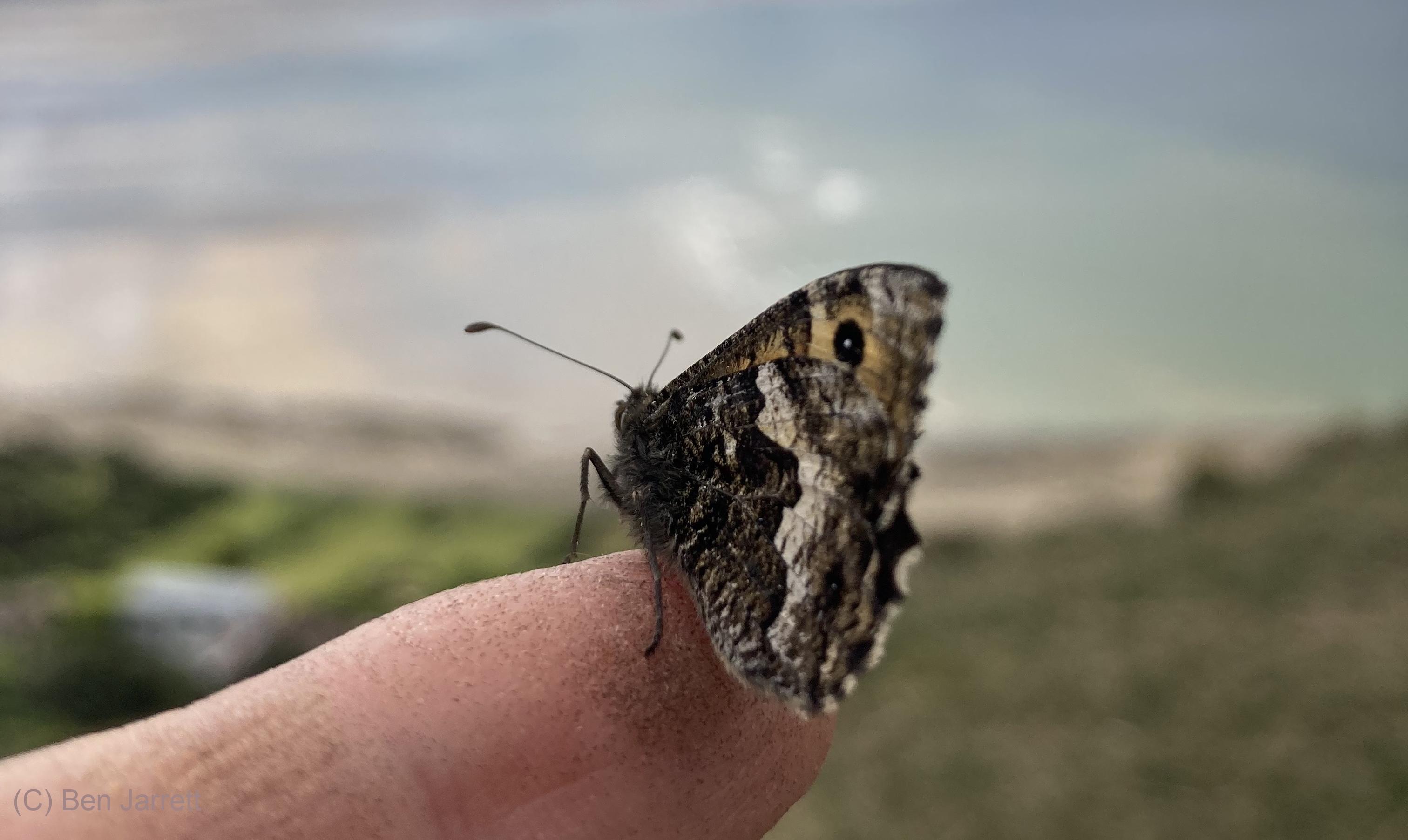
Life on the edge: local adaptation and conservation status of butterflies on the Orme
Supervisor: Professor Stephen Montgomery
Co-Supervisors: Dr Benjamin Jarrett & Prof Edgar Turner
Populations at the edge of a species’ range can experience distinct selection pressures and population dynamics. This can lead to local adaptation, generating divergent functional and life history traits, but these marginal populations may be vulnerable to environmental change, particularly when exposed to extreme conditions. Such populations therefore provide a case study in the evolutionary processes generating local biodiversity, and of the potential risks for the loss of this biodiversity in a changing world. At the same time, >60% of European butterfly species are expanding their range northwards, and the dynamics of populations on the edge of a species’ range may be informative about the evolutionary and conservation impacts of these range shifts. This project will focus on local populations of Silver-Studded Blue, Plebejus argus caernensis, and the Grayling, Hipparchia semele semele, which are taxonomically distinct from nearby populations, and endemic to the Great Orme, an outcrop on the North of Wales that is exposed to extreme climatic conditions. The endemic populations of both species show shifts in morphology, life history and activity indicative of local adaptation. The project will aim to understand the stability of the populations, the role of genetic variation and plasticity in shaping trait variation, and the frequency of gene flow between endemic and mainland populations. This will provide insights into the evolutionary history of these novel forms, and their vulnerability to future change.
Type of work
The student will conduct fieldwork on the Great Orme and surrounding area, in collaboration with colleagues at Bangor University, Natural Resources Wales, Conwy County Borough Council and Butterfly Conservation, and will have the opportunity to shape the project to their interests. This will likely include seasonal fieldwork on the Orme and surrounding areas, to estimate population sizes, and dispersal rates, common garden experiments to examine heritability of trait variation, and molecular analyses of gene flow. The student would also have access to historical collections from the Orme in the Museum of Zoology, and other collections, providing opportunities to examine fluctuations in candidate genetic variants, or genetic diversity at large, through time.
Importance of research concerned
Understanding the population dynamics of locally adapted sub-species, the impact of gene-flow, and the population dynamics at the edge of a species’ range are all critical questions for understanding the current and future impacts of climate change. This project will provide a detailed case study in these processes, with direct importance for the conservation of the study species, and wider implications for informing conservation action.
References
Middlebrook I, Hardy PB, Botham MS, Dennis RL. The importance of unique populations for conservation: the case of the great orme’s head grayling butterfly Hipparchia semele (Linnaeus, 1758) (Lepidoptera: Satyrinae). Journal of Insect Conservation. 2019 Apr 15;23(2):381-91. Dennis RL, Hardy PB. British and Irish butterflies: an island perspective. CABI; 2018 Jul 13.
